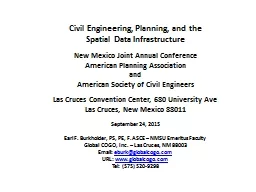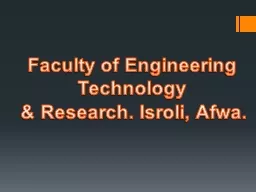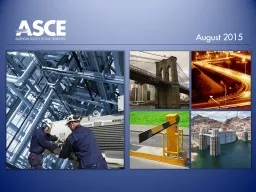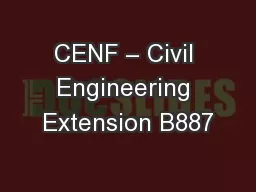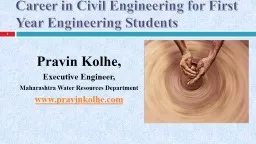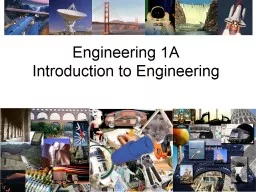PPT-Civil Engineering, Planning, and the
Author : radions | Published Date : 2020-07-01
Spatial Data Infrastructure New Mexico Joint Annual Conference American Planning Association and American Society of Civil Engineers Las Cruces Convention
Presentation Embed Code
Download Presentation
Download Presentation The PPT/PDF document "Civil Engineering, Planning, and the" is the property of its rightful owner. Permission is granted to download and print the materials on this website for personal, non-commercial use only, and to display it on your personal computer provided you do not modify the materials and that you retain all copyright notices contained in the materials. By downloading content from our website, you accept the terms of this agreement.
Civil Engineering, Planning, and the: Transcript
Download Rules Of Document
"Civil Engineering, Planning, and the"The content belongs to its owner. You may download and print it for personal use, without modification, and keep all copyright notices. By downloading, you agree to these terms.
Related Documents

